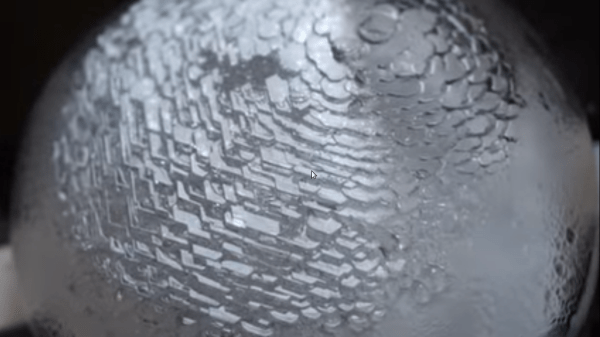On November 6th, Northwestern University introduced a groundbreaking leap in haptic technology, and it’s worth every bit of attention now, even two weeks later. Full details are in their original article. This innovation brings tactile feedback into the future with a hexagonal matrix of 19 mini actuators embedded in a flexible silicone mesh. It’s the stuff of dreams for hackers and tinkerers looking for the next big thing in wearables.
What makes this patch truly cutting-edge? First, it offers multi-dimensional feedback: pressure, vibration, and twisting sensations—imagine a wearable that can nudge or twist your skin instead of just buzzing. Unlike the simple, one-note “buzzers” of old devices, this setup adds depth and realism to interactions. For those in the VR community or anyone keen on building sensory experiences, this is a game changer.
But the real kicker is its energy management. The patch incorporates a ‘bistable’ mechanism, meaning it stays in two stable positions without continuous power, saving energy by recycling elastic energy stored in the skin. Think of it like a rubber band that snaps back and releases stored energy during operation. The result? Longer battery life and efficient power usage—perfect for tinkering with extended use cases.
And it’s not all fun and games (though VR fans should rejoice). This patch turns sensory substitution into practical tech for the visually impaired, using LiDAR data and Bluetooth to transmit surroundings into tactile feedback. It’s like a white cane but integrated with data-rich, spatial awareness feedback—a boost for accessibility.
Fancy more stories like this? Earlier this year, we wrote about these lightweight haptic gloves—for those who notice, featuring a similar hexagonal array of 19 sensors—a pattern for success? You can read the original article on TechXplore here.











